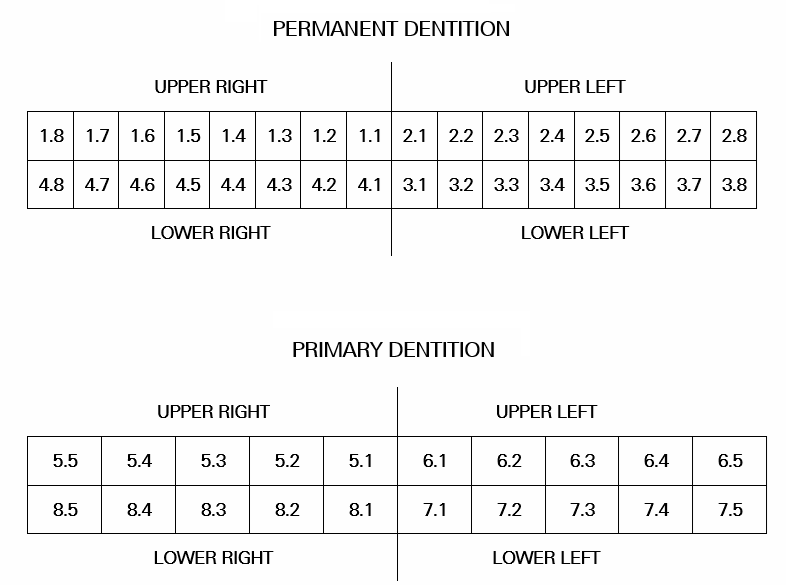Oral Medicine and Oral Pathology is the branch and specialty of dentistry concerned with the diagnosis, nature and primarily non-surgical management of oral, maxillofacial, and temporomandibular diseases and disorders, including dental management of patients with medical complications. Oral Medicine and Oral Pathology are two applied components of this specialty.
Examination Format
The Oral Medicine and Oral Pathology examination will be held in person at a single location in Toronto, Ontario. The exact location of the examination site will be communicated after the closure of the 2026 Fellowship Examination application window.
| Element | Format | Structure |
|---|---|---|
| Part 1: Microscopic Examination (written) | In-Person | 30 Slides (90 minutes) |
| Part 2: Microscopic Examination (oral) | In-Person | 4 cases (1 hour) |
| Clinical Oral Pathology (oral) | In-Person | 1 hour |
| Clinical Oral Medicine (oral) | In-Person | 1 hour |
Microscopic Evaluation
Part 1
Candidates will provide microscopic diagnoses of surgical oral pathology tissue sections. Cases may include cytology specimens; electron micrographs; and immunohistochemical or molecular tissue sections. Evaluation is performed using Leica Aperio ImageScope slide-viewing software. A laptop pre-loaded with the software and case files will be provided.
Part 2
Candidates will be given four microscopic cases to review over 20 minutes using Leica Aperio ImageScope. A 60-minute oral examination follows to discuss these cases. Case materials may include, but are not limited to, microscopic slides, clinical photographs, and diagnostic test reports (e.g., medical and imaging reports).
Clinical Oral Pathology & Clinical Oral Medicine
The Clinical Oral Medicine and Clinical Oral Pathology sections evaluates the advanced clinical judgment, diagnostic reasoning, and communication skills required of a Fellow in Oral Medicine and Oral Pathology. The objective is to assess a candidate’s ability to synthesize information, make sound treatment decisions, and manage complex patient care scenarios at the level expected of a Fellow of The Royal College of Dentists of Canada. The examination emphasizes applied clinical reasoning, patient-centered decision making, and professional communication.
| Structure | Takes place over two days, with candidates completing one oral case-based session (two hours) on each day. |
| Format | Each session consists of a series of structured clinical cases designed to reflect real-world oral medicine and oral pathology practice. |
| Assessment | Performance is evaluated using the Global Rating Scale (GRS), which emphasizes judgment, reasoning, and communication across multiple domains. |
| Examiner Role | Examiners are responsible for pacing the examination and guiding the discussion. Examiners may supplement case scenarios with text, clinical photographs, radiographs, or other imaging as part of the discussion. |
| Candidate Role | Candidates are expected to approach each case as they would in practice: by gathering and interpreting information, formulating a diagnosis, developing and justifying treatment options, and communicating their decisions clearly. Candidates are encouraged to think aloud, explain their reasoning, and communicate their approach as they would in a clinical setting. |
Examination Blueprint
| Domain | Weight (%) |
|---|---|
| Patient Assessment and Diagnosis | 30 – 35% |
| Treatment Planning and Management | 15 – 20% |
| Treatment Evaluation and Modification | 15 – 20% |
| Histopathology | 25 – 35% |
| Communication | 5 – 15% |
Preparation
Preparation should focus on applied reasoning and communication rather than memorization. Candidates are encouraged to:
- Practice structured case discussions, individually or with peers.
- Rehearse verbalizing reasoning, including justification of decisions and management of uncertainty.
- Review the example case provided to become familiar with the style of questioning and depth of response expected.
- Focus on clarity, structure, and professionalism in communication
FDI Two-Digit Tooth Numbering Chart
The Fellowship Examination uses the FDI Two-Digit system.



